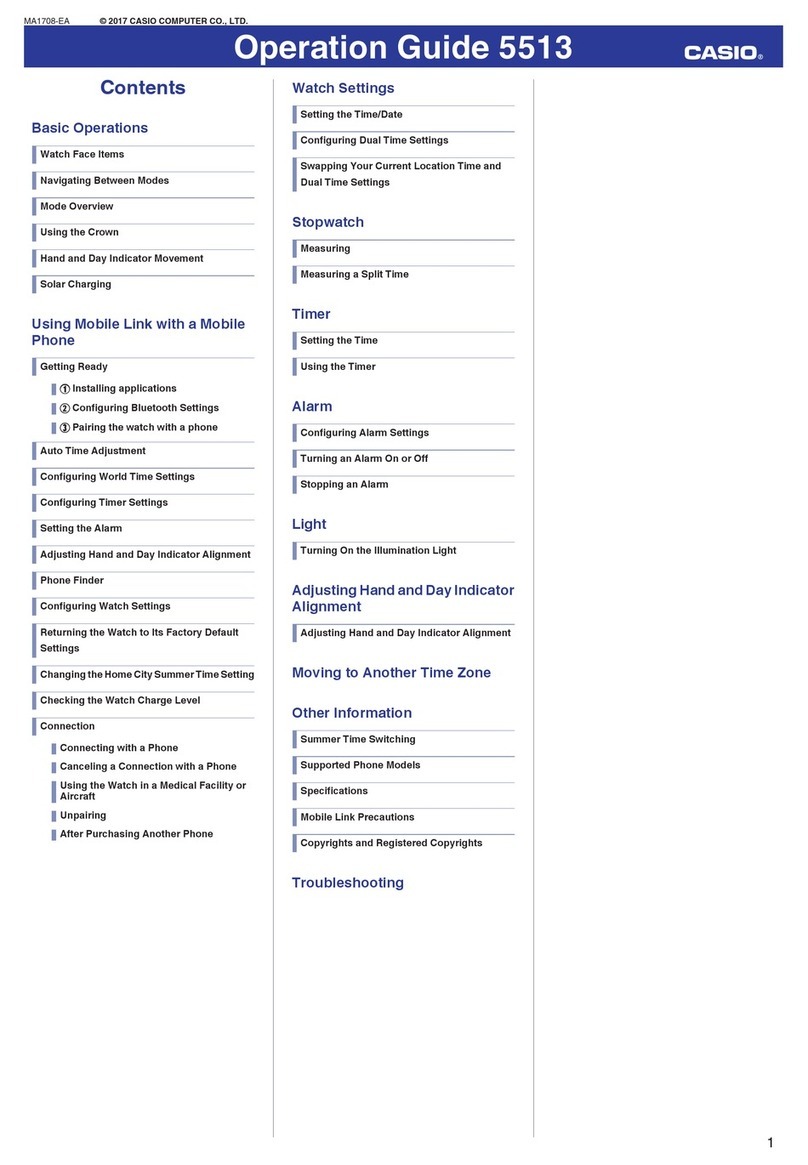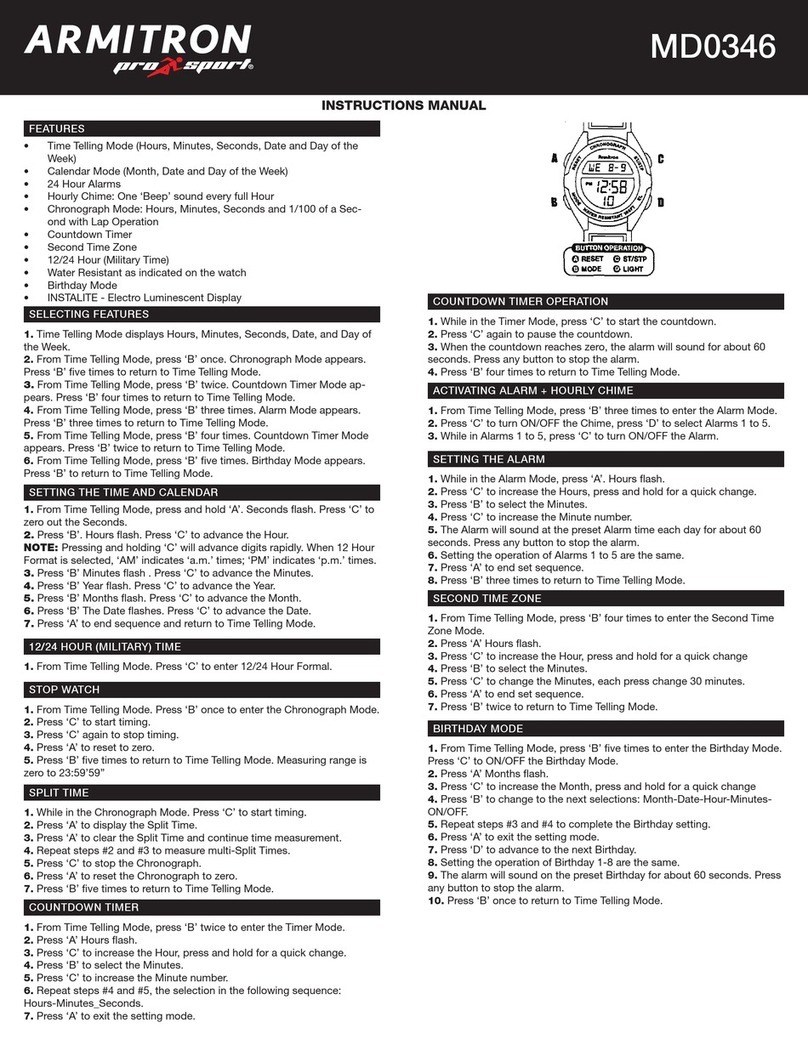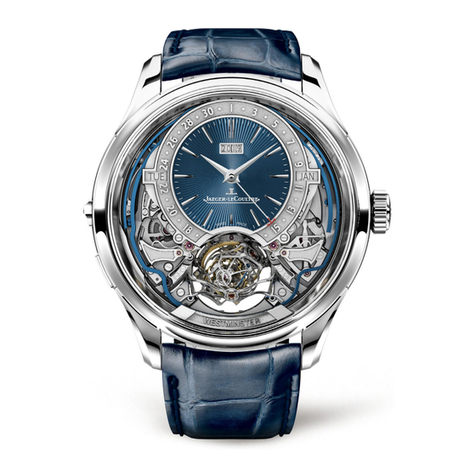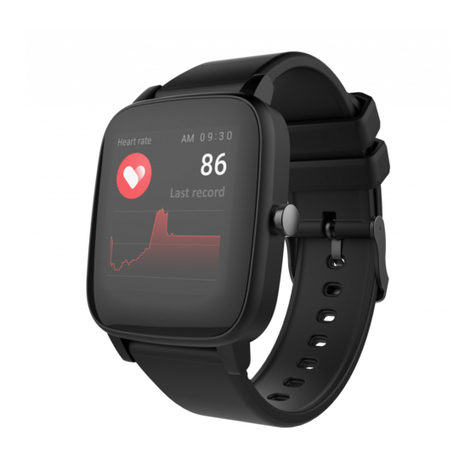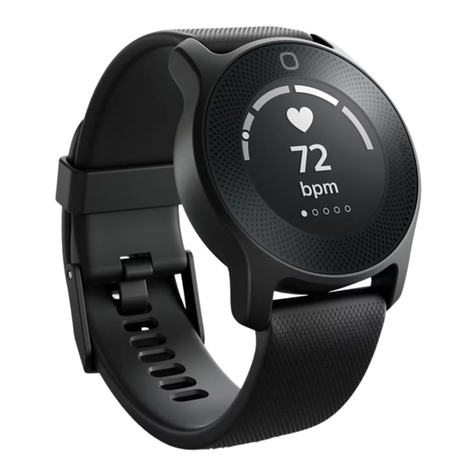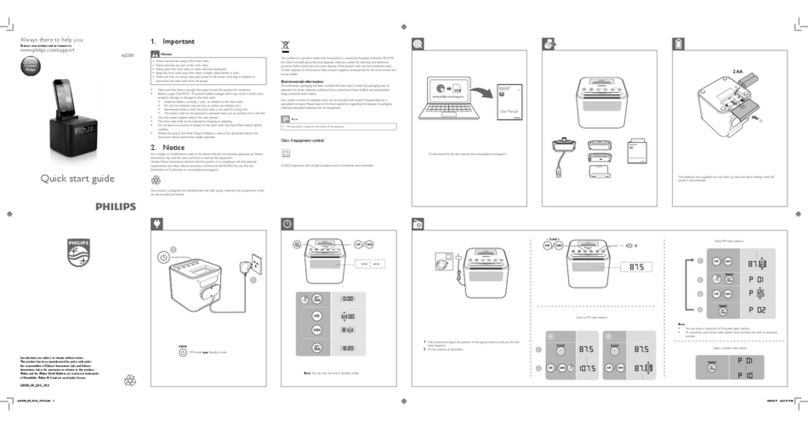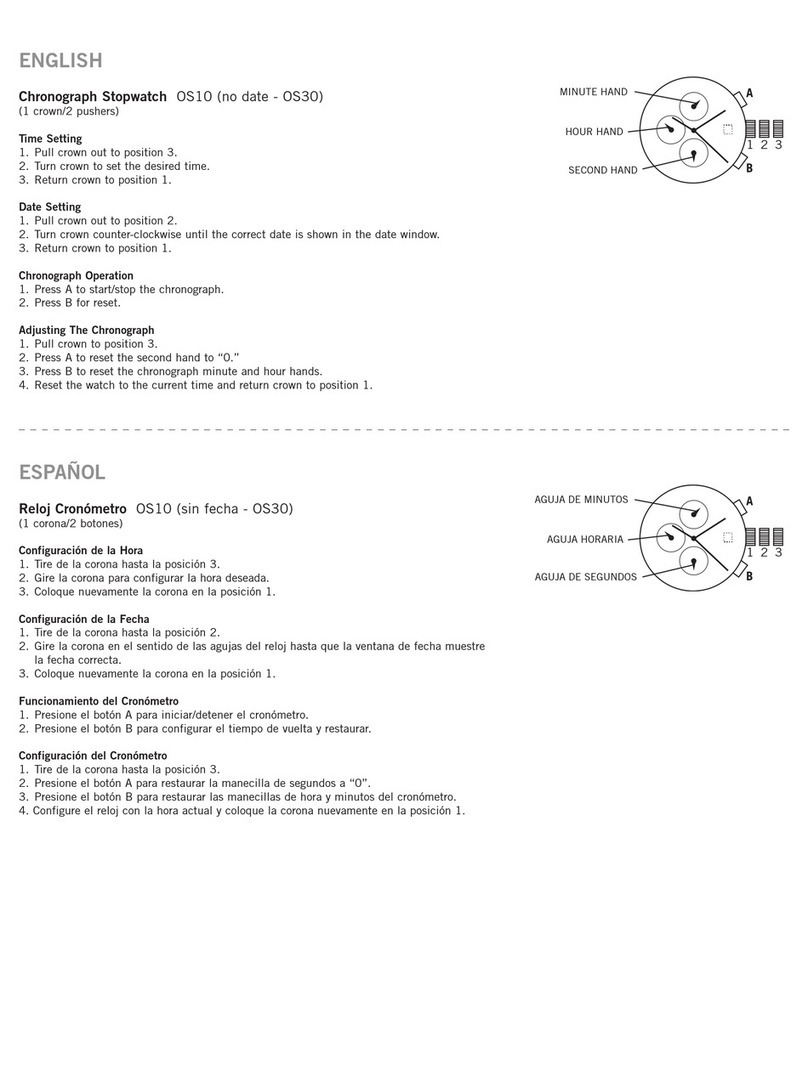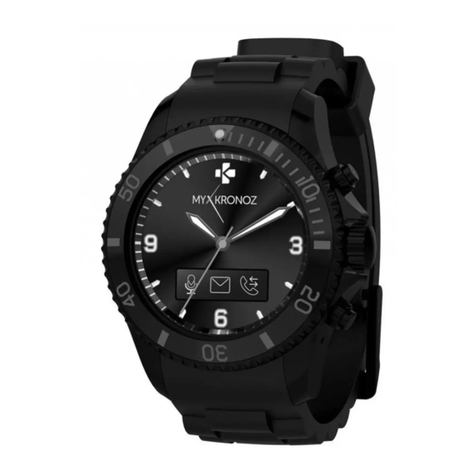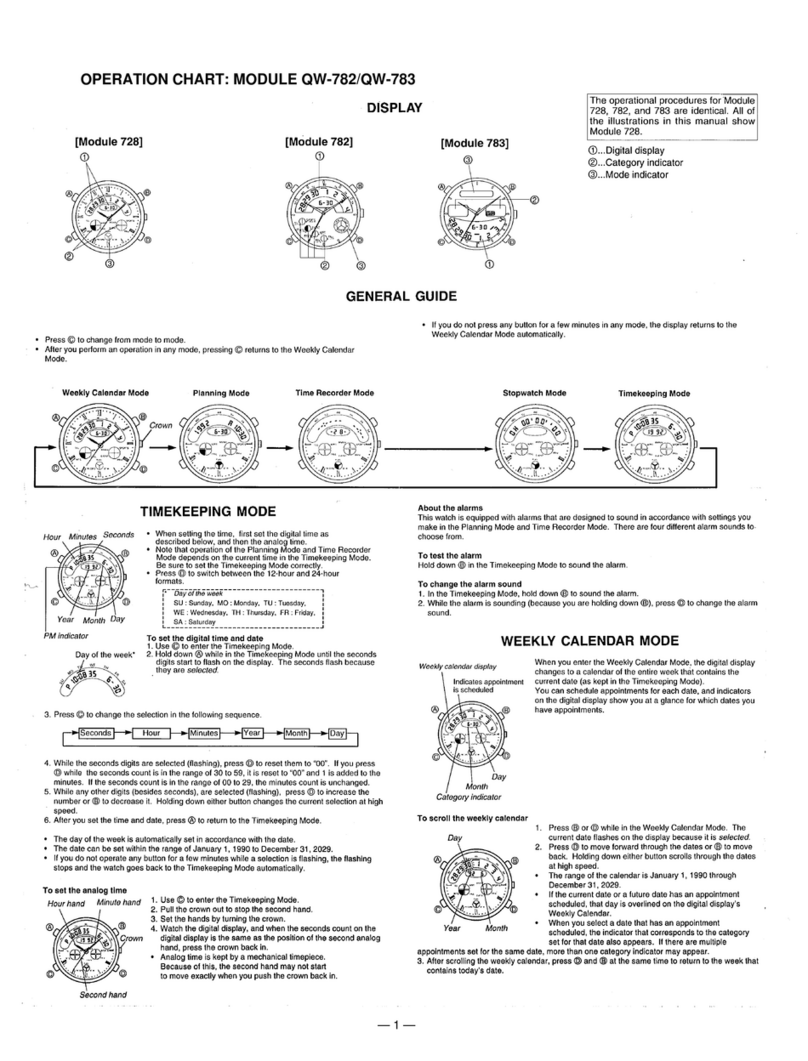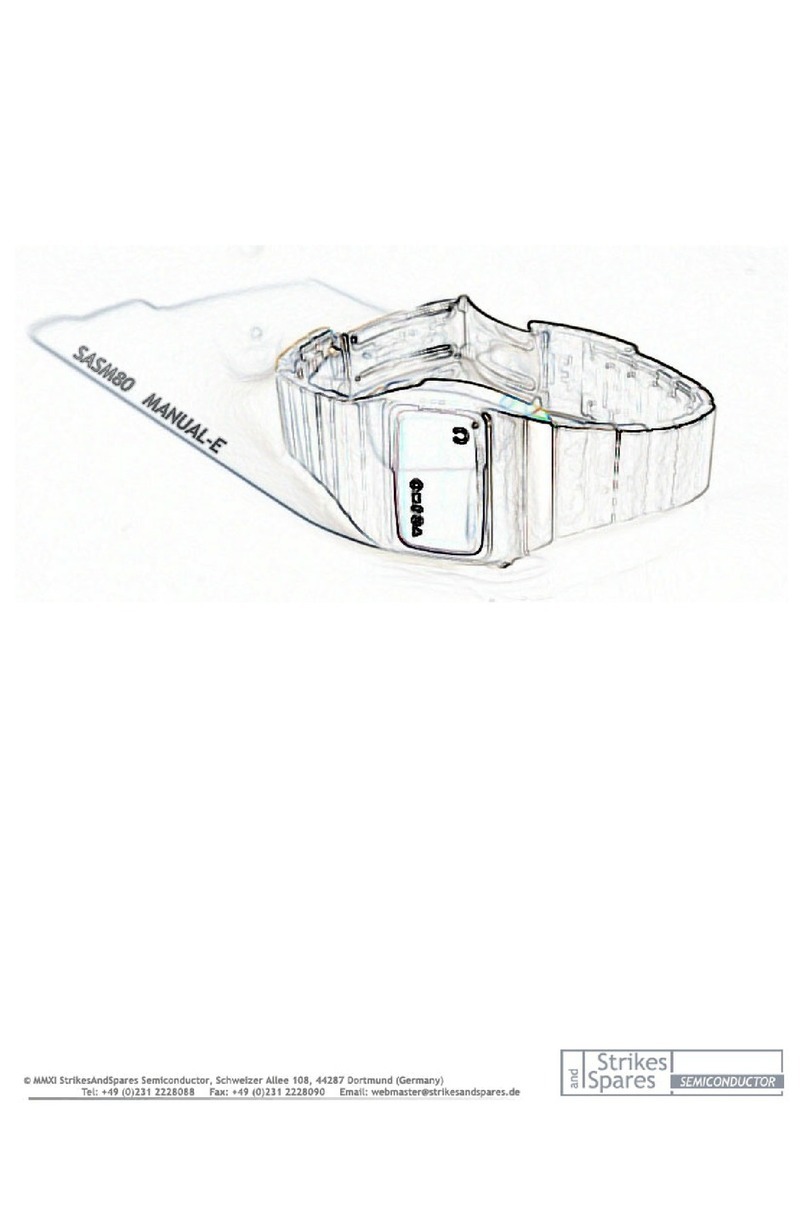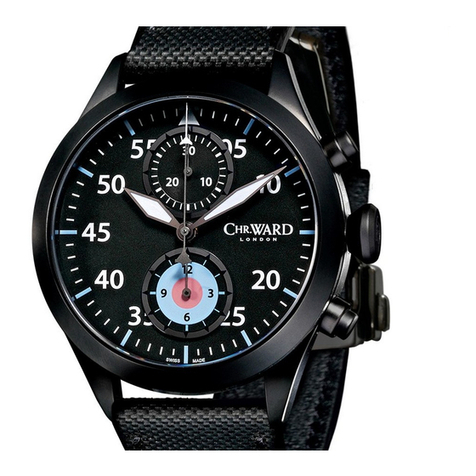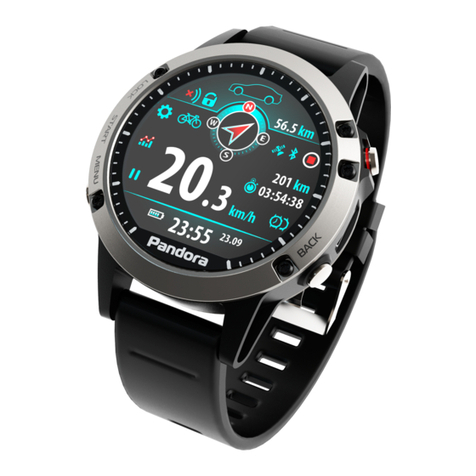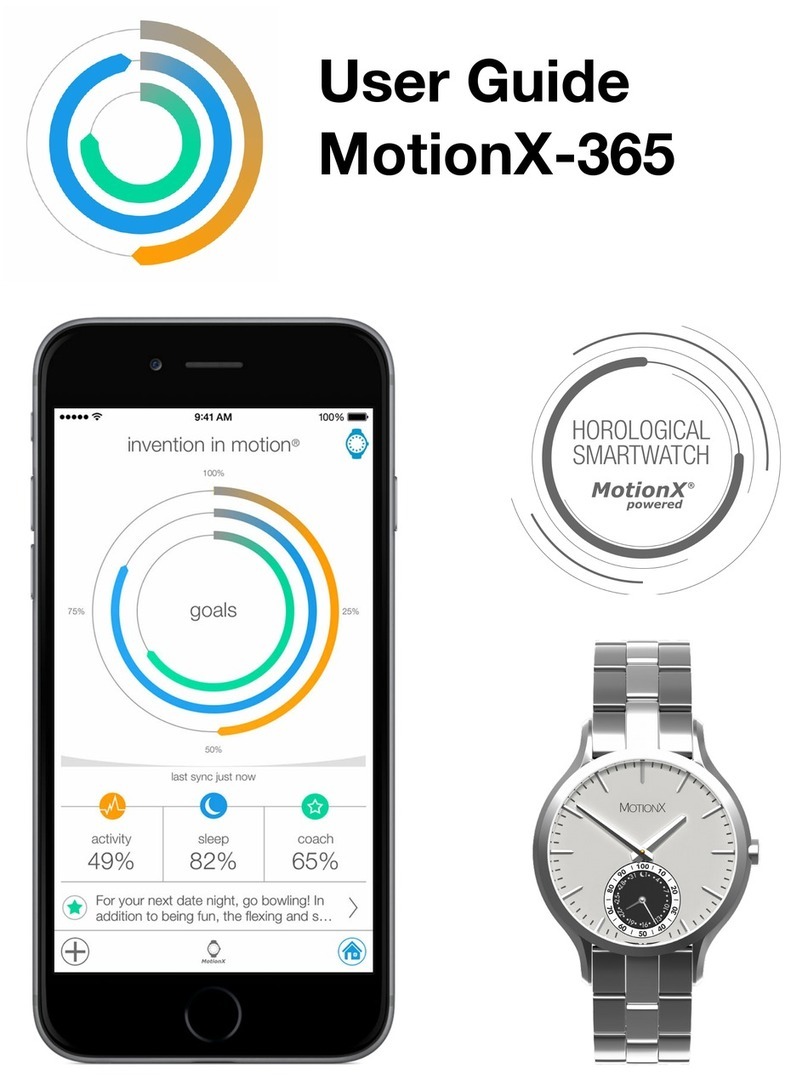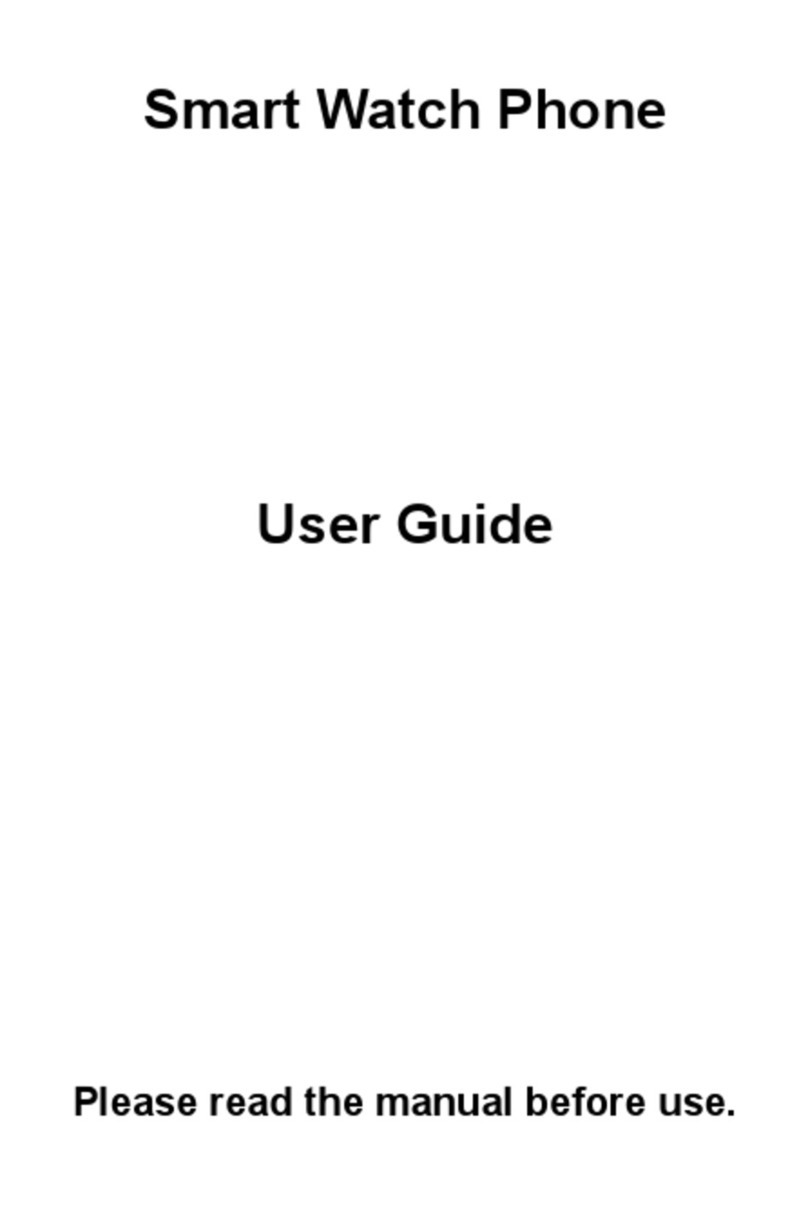- It is important to always listen to your body first,
instead of only relying on measurements of the
health band. Too intense exercising may cause
health problems like feeling dizzy or faint,
nausea, temporary chest pain or exhaustion.
- Consult your doctor before you start exercising
in the following situations:
-If you have heart disease, kidney disease
and/or diabetes mellitus type 1 or 2.
-If you are taking medicines for high blood
pressure and/or that influence your
(maximum) heart rate. (In case of doubt,
please check with your doctor).
-If you have a heart condition or if you are in
cardiac rehab.
Ask your doctor about which exercises you can
do and what your target heart rate should be.
Exercising with a too high heart rate could
cause health problems like temporary chest
pain, heart overload or exhaustion.
- Always consult your doctor first before you start
or continue exercising if you experience any of
the following signs or symptoms:
-If you feel dizzy or nauseated or feel that
you are about to faint.
-If you feel unusually tired or exhausted
during normal activities.
-If you feel pain in your chest, neck, jaw or
arms.
-If you feel your heart beats too hard or too
fast.
-If you are short of breath during rest or mild
exertion, when lying flat or during the night.
-If you have a known heart murmur.
-If you have swollen ankles.
Exercising with any of these symptoms might
increase the risk of heart problems.
- Avoid vigorous to near-maximal activity if you
are not very active or not accustomed to this.
Too intense exercising may increase the risk of
injuries (e.g. falls, sprains) and may cause health
problems like fainting, nausea, temporary chest
pain or exhaustion.
- During pregnancy:
-Always follow your doctor's advice on
weight management, exercise type,
frequency, duration, intensity and rest
intervals.
-The heart rate zone indicator is not
applicable.
-Make sure that you update your weight in
the app on a regular basis. Failure to do so
might result in inaccurate energy
expenditure (calorie burn) estimation.
Heart rate related algorithms and resting
respiration rate are not validated for pregnant
women.
- Keep the device out of reach of infants, children
or pets. Inhalation or swallowing of small parts
can be dangerous.
- Sleep tracking should not be used for diagnosis
or treatment in case of sleep disorders. The
algorithms are not validated for people with
sleep disorders and thus may give inaccurate
results in these cases.
- Only use a double-insulated IEC60950-1 class
II USB adapter or USB port to charge the device
Check if the symbol for double insulation is on
the adapter: .
If you don’t use a double-insulated IEC60950-1
class II USB adapter it could malfunction. This
may cause injury, e.g. electrical shock, or
damage.
- Only use the charger and detachable parts
authorized by the manufacturer. The use of
unauthorized parts or accessories may cause
injury, e.g. electrical shock, or damage.
- Do not modify the device or charger. This could
result in injuries, e.g. electrical shock.
- This device can be used by persons with
reduced physical or mental capabilities, or lack
of understanding and knowledge. They can
only use the device under supervision or after
instruction by a person responsible for their
safety.
- To reduce the risk of skin irritation, follow the
instructions in chapter 'Wearing the health
band'.
- Energy expenditure algorithms are not
validated for people with impaired gait. These
users should not use the total and active
calories burned as shown on the device as a
reference for their actual calories burned.
Caution
- Do not use the device near strong electric or
magnetic fields, for example magnets, radio
transmitters or microwave ovens. This could
cause measurement errors.
- Do not share the device. The Philips health
band is designed for personal use only. The
health band measures several health
parameters, which are updated over time and
are personalized. Switching the health band
between different people could lead to
inaccurate calculations of several health
parameters.
- Use this device under the right environmental
conditions (see 'Specifications '). Not doing so
could affect the performance and lifetime of the
device and the accuracy of the measurement
results.
- If you have any problems with using or
maintaining this device or if it malfunctions, visit
our website www.philips.com/support or call
1-844-531-6861 toll free.
- For accurate measurements it is important to
follow wearing instructions in chapter 'Wearing
the health band'.
GENERAL RECOMMENDATIONS
- Read this user manual carefully and always
follow the instructions.
- Do not use this health band for any other
purpose than intended.
